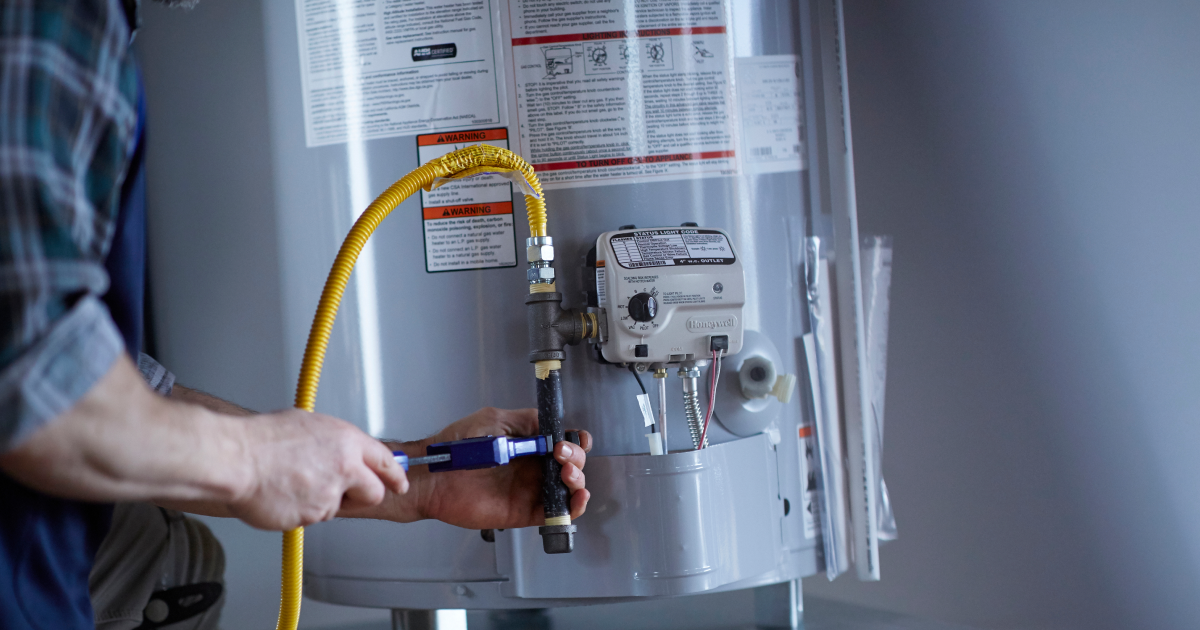This great article down the page relating to How to Maintain a Hot Water Heater in a Few Simple Steps is indeed entertaining. You should see for yourself.

Warm water is essential for day-to-day convenience, whether it's for a refreshing shower or washing meals. To ensure your hot water system runs effectively and lasts longer, normal maintenance is key. This write-up supplies useful tips and understandings on exactly how to maintain your home's warm water system to avoid interruptions and costly fixings.
Intro
Maintaining your home's warm water system may appear difficult, yet with a few easy actions, you can ensure it runs smoothly for many years to come. This overview covers whatever from comprehending your hot water system to DIY upkeep ideas and understanding when to employ professional aid.
Value of Preserving Your Warm Water System
Routine maintenance not only expands the life expectancy of your hot water system yet likewise guarantees it operates effectively. Overlooking upkeep can cause decreased performance, higher power bills, and also early failing of the system.
Indications Your Warm Water System Requirements Upkeep
Knowing when your warm water system requires interest can avoid significant concerns. Look out for indicators such as inconsistent water temperature, weird noises from the heating unit, or corroded water.
Comprehending Your Hot Water System
Prior to diving right into maintenance tasks, it's handy to recognize the fundamental components of your warm water system. Generally, this includes the water heater itself, pipelines, anode poles, and temperature level controls.
Monthly Upkeep Tasks
Regular regular monthly checks can aid capture small concerns before they rise.
Flushing the Water Heater
Purging your water heater removes debris accumulation, improving effectiveness and prolonging its life.
Monitoring and Changing Anode Rods
Anode rods prevent rust inside the storage tank. Evaluating and replacing them when worn out is crucial.
Inspecting and Readjusting Temperature Level Settings
Adjusting the temperature settings makes sure ideal performance and safety.
DIY Tips for Maintenance
You can perform a number of upkeep jobs yourself to maintain your warm water system in top problem.
Looking for Leakages
On a regular basis examine pipelines and links for leakages, as these can cause water damages and higher bills.
Examining Pressure Relief Valves
Evaluating the stress relief valve guarantees it functions appropriately and prevents too much stress accumulation.
Shielding Pipes
Protecting hot water pipes minimizes warmth loss and can save power.
When to Call a Professional
While do it yourself upkeep is beneficial, some issues call for expert competence.
Complex Issues Calling For Expert Assistance
Examples consist of major leaks, electric issues, or if your water heater is constantly underperforming.
Routine Expert Upkeep Advantages
Professional upkeep can include comprehensive inspections, tune-ups, and ensuring conformity with safety and security standards.
Conclusion
Regular upkeep of your home's hot water system is essential for performance, durability, and cost financial savings. By complying with these suggestions and understanding when to seek professional assistance, you can guarantee a reputable supply of warm water without unforeseen disruptions.
Water Heater Maintenance Tips
Test the TPR Valve
Shut off the power and the cold-water supply valve. Place a bucket under the pipe connected to the temperature-pressure-release (TPR) valve on the top or side of the tank. (This valve opens if the tank pressure gets too high.) Lift the valve’s tab to let some water out, then let go. If water keeps flowing, drain the tank partway, unscrew the old valve with a pipe wrench, and install a new one. Check the Anode Rod
Put a hose to the tank’s drain cock and let out a few gallons of water. Now fit a 1 1/16-inch socket onto the rod’s hex head on top of the heater (or under its top plate) and unscrew the rod. If it’s less than ½ inch thick or coated with calcium, buy a new one, wrap its threads with Teflon tape, put it back in the tank, and tighten securely. Use this segmented rod if headroom above the tank is limited. Drain the Tank and Wash Out Sediment
Drain the remaining water in the tank into the bucket, then stir up the sediment on the tank’s bottom by briefly opening the cold-water supply valve. Drain and repeat until clean water comes out of the hose. Close the drain cock, refill the tank, and turn its power back on. Adjust the Temperature
Find the temperature dial on the side of the tank and unscrew its cover. Adjust the dial to 120 degrees using a flathead screwdriver. For every 10 degrees the temperature is lowered, you can expect to save up to 5 percent in energy costs. Turn the water heater off or the thermostat down to its lowest setting if you plan to be away from home for more than three days. Insulate the Pipes
Buy some self-sticking 3/8-inch-thick foam pipe insulation that matches the pipes’ diameter. Slide the foam over the hot-and cold-water pipes as far as you can reach. Insulating the cold-water pipe prevents condensation in summer. Peel the tape and squeeze the insulation closed. If the pipe is 6 inches or less from the flue, cover it with 1-inch-thick unfaced fiberglass pipe wrap. https://www.thisoldhouse.com/plumbing/21016402/how-to-maintain-a-water-heater

As a person who reads on How to Maintain Your Water Heater & Prolong its Life, I assumed sharing that post was smart. Are you aware of another person who is fascinated by How to Maintain a Hot Water Heater in a Few Simple Steps? Be sure share it. Thank you so much for taking the time to read it.
Services